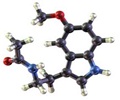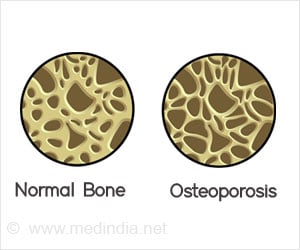A recent study focuses on the potential driving hazards caused by sleep apnea.
The potential driving hazards caused by sleep apnea, a condition that restricts breathing during sleep, have been brought to light by a study published in Thorax, an international journal on respiratory medicine.
The two-year study by Vancouver Coastal Health Region and the University of British Columbia, compared the driving records of 800 drivers who have sleep apnea with 800 drivers who did not have the disorder.It was found that the drivers with sleep apnea, were more likely to get into a car crash, and also three to five times more likely to be involved in a major collision causing serious injury.
"A lot of sleepiness-related crashes tend to be more severe... where you fall asleep at the wheel and you hit a tree or you cross the median and hit an on-coming car," said study author Dr. Najib Ayas of the Vancouver Coastal Health and associate professor of medicine at UBC. "Even if you do not fall asleep at the wheel, it has been shown that patients with sleep apnea or sleep deprivation have reduced motor function. It affects coordination, dis-tractability or vigilance,” he said.
Dr. John Fleetham, a UBC professor of medicine said, "Car accidents are more common and more serious with people with sleep apnea. If you fall asleep at the wheel, you are more likely to be at risk for a head-on collision. It's not an act of God. It's related to conditions that can be treated and prevented." Dr.Fleetham co-authored the study with Dr. Najib Ayas.
Previous studies have linked sleep apnea to an increased risk of car crashes but this recent study is the largest of its kind and the first to focus on the severity of the collisions.
One out of eight, that is, four million Canadians admit to “nodding off ” at the wheel at least once in the past 12 months, according to the Traffic Injury Research Foundation in 2005.
Advertisement
Some of the signs of sleep apnea affecting driving include, drooping eyelids, blurry vision, nodding off, drifting between lanes, missing traffic signs, and continuous yawning.
Advertisement
Source-Medindia
THK/L











